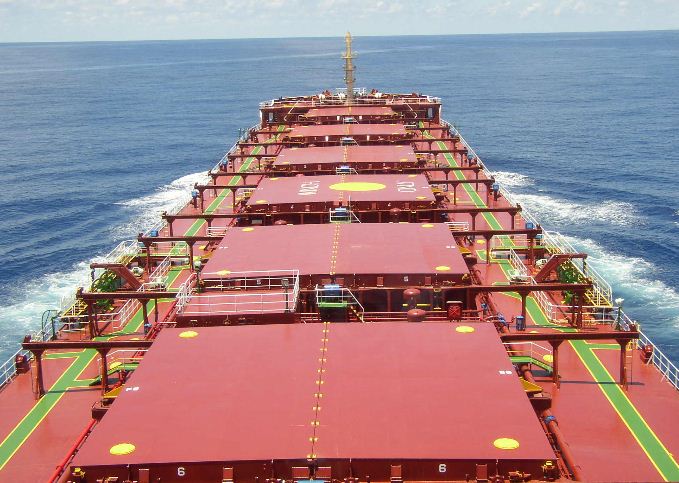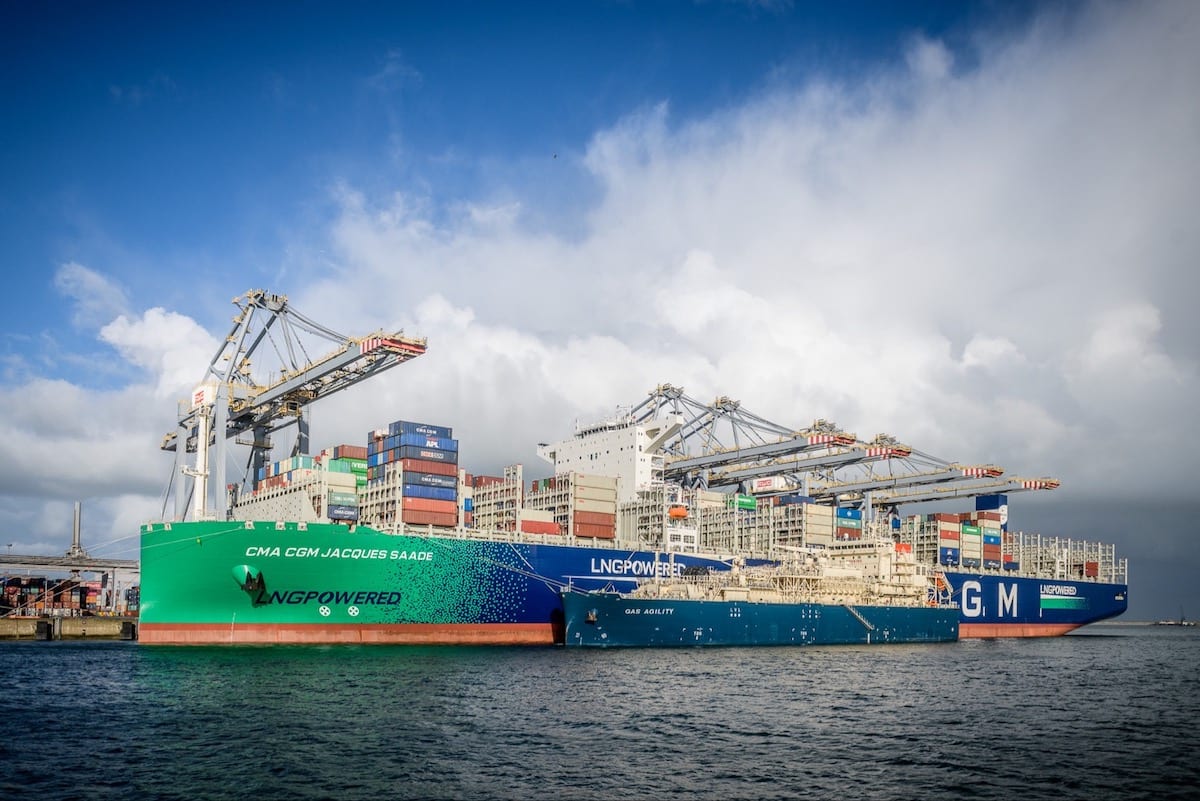Bulker file photo
 By Keith Wallis
By Keith Wallis
SINGAPORE June 19 (Reuters) – Rates for capesize bulk carriers on key Asian routes are set to hold steady as charterers maintain leasing activity, even as Asian rates for smaller panamax vessels have plunged to their lowest since January 2013 on a dearth of cargoes, brokers said.
Capesize rates on benchmark routes from Brazil to China and Australia to China began rising again this week on renewed chartering activity from the big miners after declining last week.
“There was more chartering activity on Wednesday. A dozen or so ships were fixed after a slow start to the week,” said one Singapore based capesize broker on Thursday.
Capesize rates have see-sawed since April, rising and then falling although each peak has generally been higher than the last, Reuters freight data showed.
“The big question is whether it is sustainable,” the broker said, adding he thought the volatility would continue until August when capesize rates would show stronger gains on increased cargo demand.
While owners are resisting pressure from charterers to push Australia-China freight rates lower, there are some 80 capesize ships available on the spot market in the Pacific basin which could push rates lower, the broker said.
But with around 20 capesize fixtures this week, some of which are unreported, excess tonnage could be soaked up to hike rates further, the broker said.
Rates for the Western Australia-China route closed at $7.70 per tonne on Wednesday, although the last concluded fixture was slightly higher at $7.80 per tonne. This compared with last Wednesday’s close of $7.90 per tonne although rates had dropped lower by Friday.
Rates for the Brazil-China route closed at $20.60 per tonne on Wednesday, unchanged from last week, although the last done was higher at $22 per tonne. But Wednesday’s close was on a rising market this week, against a falling market last week.
“(There are) glimpses of improvement following days of softening and consequent surge of confidence for the big ships as major miners keep taking July loaders on the important Brazil/China ore route,” Norwegian broker Fearnley said in a note on Wednesday.
IDLING OF PANAMAXES
By comparison rates in the Pacific for panamax vessels, ships about half the size of capesize, are continuing the plunge that started a month ago.
Rates are below operating costs which has led owners to idle ships in China rather than fix loss-making voyages, brokers said, as too much tonnage chased too few cargoes.
“It’s terrible. It’s really depressing,” said a Singapore-based panamax broker.
Rates for a panamax transpacific voyage closed at $4,111 per day on Wednesday, down from $5,322 a week earlier, while the last concluded fixture was lower at $3,906. Rates have steadily fallen from $8,031 per day on May 20.
Daily operating costs for panamax vessels are about $7,000 per day, according to estimates from consultant Drewry Maritime Research.
The fall in rates is likely to continue until mid-July when charterers increase the volume of north Pacific grain cargoes, the broker said.
Some capesize charterers, who would take advantage of the arbitrage between capesize and panamax rates by splitting a single capesize cargo into two panamax shipments, have yet to try to benefit from the rate differential, the broker said.
“The panamax market needs to show substantial falls for a sustained period before charterers split cargoes,” the broker said.
Owners of supramax vessels are seeing rates of about $5,000 per day for a voyage from Indonesia to China as overtonnage weighs on the market, a broker said.
The Baltic Exchange’s main sea freight index closed at 867 on Wednesday, down from 973 a week earlier. (Editing by Muralikumar Anantharaman)
(c) 2014 Thomson Reuters, All Rights Reserved

 Join The Club
Join The Club











